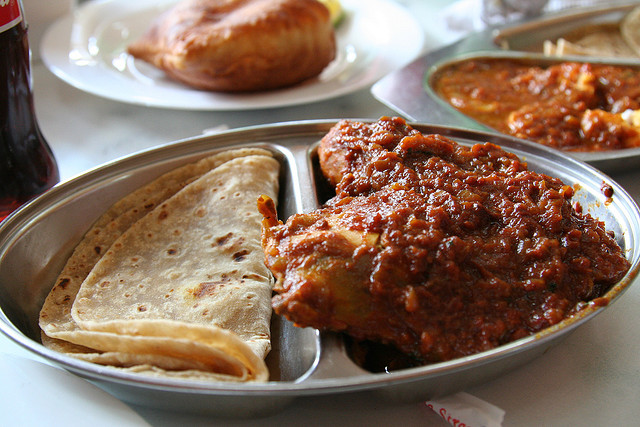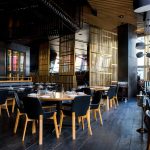- November 1, 2017
- Posted by: simba001
- Categories: Benefits of POS, Restaurant Management Insights

Designing a restaurant loss prevention strategy is a vital aspect of running a profitable business. Whether you run an established chain, or an up-and-coming restaurant, ignoring preventable sources of profit loss can derail the outlook of any business. This day and age, a successful restaurant loss prevention strategy revolves around two things.
1. A data-centric approach to understanding your main sources of profit loss
2.A detailed action plan that breeds targeted analysis, follow-through, and communication
Whether you are implementing a new loss prevention program or looking to revamp your current restaurant loss prevention strategy, these 9 restaurant loss prevention tips form a baseline to help you kickstart the process. Here’s the first tip:
 Take Control of Your Restaurant Food Costs
Take Control of Your Restaurant Food Costs
Analyzing your restaurant’s food cost is a crucial element to running an efficient food service business. Ordering strategies, waste reduction, product turnover timeliness, and employee theft identification are all things that can be addressed when you have better visibility into food cost optimization.
Ideal quick service restaurant (QSR) food cost percentage is between 25-30%, where table service restaurants (TSR) food cost should range between 30-35% depending on the style of restaurant and mix of sales. To keep within these ranges, some best practices include:
Ideal quick service restaurant (QSR) food cost percentage is between 25-30%, where table service restaurants (TSR) food cost should range between 30-35% depending on the style of restaurant and mix of sales.
Track food cost trends against item sales as a restaurant loss prevention strategy
Comparing food costs to what is actually sold can provide insight into items that are being over-ordered, poorly rotated, or stolen from the kitchen.
Use historical data to set goals by restaurant
Set realistic goals for food cost percentage and try to set prices that fall in line with desired margins, and know which profitable items to promote.
Monitor employee meals & other free items as a restaurant loss prevention strategy
Make sure that you set thresholds for employees’ meal discounts, communicate those expectations to your staff, and monitor follow through.
Use food cost data to assist restaurant operations with menu engineering
Balance out your menu by assessing item profitability to ensure your menu is not costing you extra money.
At SimbaPOS, we do not just offer Restaurant and Bar POS Software in Kenya- we endeavor to provide holistic products, services and information that will ensure your restaurant/bar grows. You can check for more insightful articles like this here, check SimbaPOS pricing, view SimbaPOS Features, read success stories from customers or get in touch with us.

 Take Control of Your Restaurant Food Costs
Take Control of Your Restaurant Food Costs



